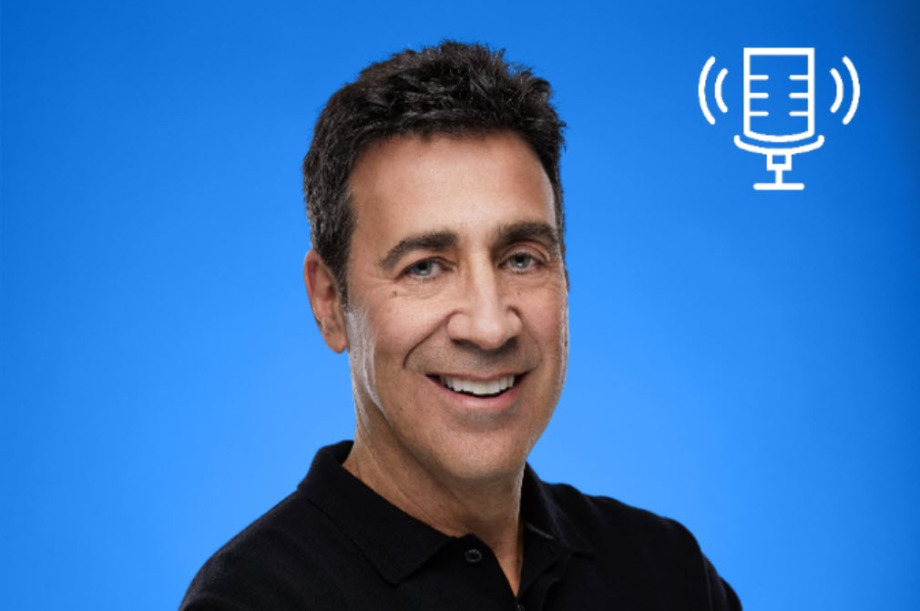Without question the world has changed. The current economic environment with the entire country shutting down to keep people safe is likely creating conditions for a recession. While the pandemic is new, recessions are not. If there is one thing you can count on, it’s that even during an economic downturn, there are opportunities to invest to help you reach your financial goals.
One of the biggest lessons from the Great Recession of 2007 to 2009 was that recovery follows recession. People who didn’t panic and didn’t sell their investments more than recovered any losses. If they stuck to their long-term investing plans, the results were that much better. A story in The New York Times showed that people who remained fully invested in the financial markets from December 2007 (the start of the recession) to January 2019 made a 134 percent return.
Investing During a Recession
If you’re new to investing, mutual funds and Exchange Traded Funds (ETFs) are a straightforward way to get started. Professional fund managers who understand financial markets and look for good quality investments purchase groups of stocks, bonds or other investments, which helps manage risk. A recession creates an opportunity to buy when prices are lower.
The same investing rules apply regardless of whether it’s a recession or boom times. Be clear about what you’re investing for; know your time horizon for achieving that goal; understand how much risk you’re comfortable with; diversify the types of investments you have in your portfolio; and have a plan.
Maybe most important: Don’t let emotion get in the way of your goals. Remember, investing is about the future.
Investing Is More than Just Stocks
There are many types of investments that can help you take advantage of the recession while also managing the ups and downs.
“For most people, the universe of investments can be categorized as: cash, fixed income and equities,” says Rajan Bansi, Senior Director, Investments & Advice with RBC InvestEase, RBC’s online investment management service. The choice of where to allocate your money comes down to the level of risk you’re comfortable with, your investment goal and when you need to realize that goal.
“Fixed income investments and equities can include the stock or bond of a company you know well, mutual funds or ETFs,” says Bansi.
During an economic downturn, Guaranteed Investment Certificates (GICs) are among the most predictable investments because they guarantee a specific return. Interest rates can be locked in for up to five years. If you put your money into a cashable GIC then you can access it once the term is up. For example, a one-year cashable GIC will allow you to withdraw the amount you invested plus interest after one year with no penalties.
Diversification and protecting your money is always important when investing and probably even more important during a recession, which is where mutual funds and ETFs can play a role. Some of these funds invest in dividend stocks, which are established companies that regularly pay part of their earnings back to investors. The dividend distributions are made at least once a year and you can either choose to receive a payout or reinvest that money into the fund. Other mutual funds and ETFs can be focused on sectors that tend to weather recessions better than others, such as health care and utilities.
“All of these investments can be held in different accounts or, what we like to describe as buckets – that may have tax advantages to consider,” says Bansi.
- If you are saving for a child’s education for example, you may want to take advantage of a Registered Education Savings Plan (RESP) account.
- A Registered Retirement Savings Plan (RRSP) can be used for long-term retirement saving.
- If you’re saving for a home, you may want to consider a Tax Free Savings Account (TFSA), where your money is easily accessible if you need it and money can grow tax-free. This makes a TFSA a good place to hold dividend-paying mutual funds and ETFs.
Once you know where you want to invest your money, your next question is how to invest it. “We consider it like entering a cold lake in the summer: you can invest a lump sum (cannonball) or more tentatively (dipping a toe in),” says Bansi.
Investing over time involves “dollar-cost averaging,” which requires investing a fixed amount regularly. For example, if you invest $100 a month into a mutual fund you are buying into a group of investments that may go up or down in price. By contributing consistently (i.e., investing small amounts monthly), you’re lowering the overall cost of investing. During a recession, taking this “toe-dip” approach can not only help take the emotion out of investing, but also help you buy low when share prices are falling.
Back to The Future
History shows that speedy recoveries follow recessions. This has been the case for decades. Just a year after hitting its lowest point in 2009, the S&P 500 Index had rebounded by 68 per cent. By 2010, the Canadian economy was stronger than it was before the recession.
Investing today could help position you to take advantage of the recovery when it comes.
To get started, ask yourself a few questions:
- What are you investing for? To buy a home? To save for your retirement? To save for your child’s education? To build a nest egg for a rainy day?
- When will you need to access this money? The goal is to stay invested until the economy starts growing again and values go up but some investment vehicles are designed to allow you to access cash if you need it without penalties (cashable GICs, eSavings, etc.).
- How will you manage risk and volatility? A financial advisor can help guide your decisions to create a portfolio designed to help you meet your goals in any economic environment.
This article is intended as general information only and is not to be relied upon as constituting legal, financial or other professional advice. A professional advisor should be consulted regarding your specific situation. Information presented is believed to be factual and up-to-date but we do not guarantee its accuracy and it should not be regarded as a complete analysis of the subjects discussed. All expressions of opinion reflect the judgment of the authors as of the date of publication and are subject to change. No endorsement of any third parties or their advice, opinions, information, products or services is expressly given or implied by Royal Bank of Canada or any of its affiliates.



















